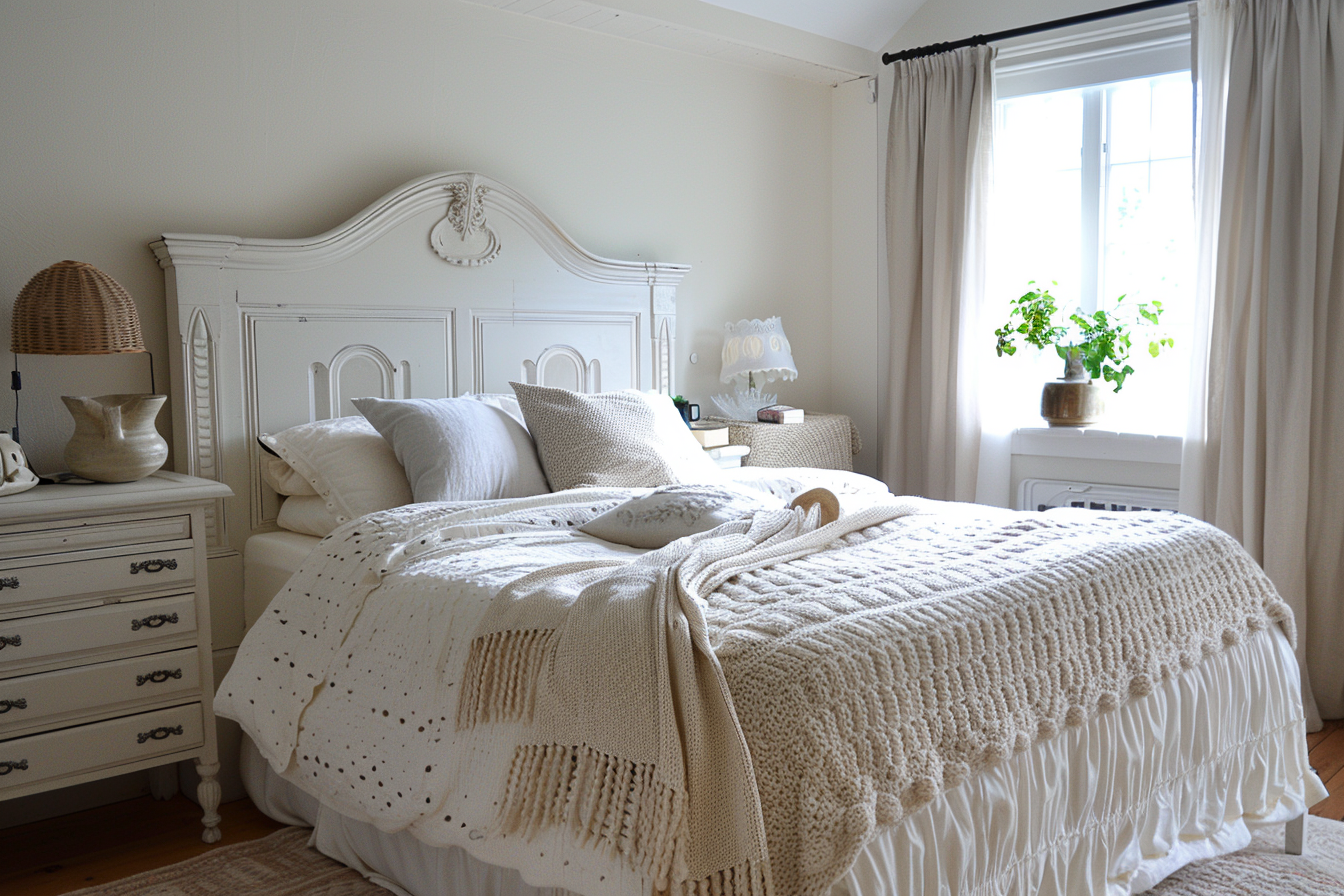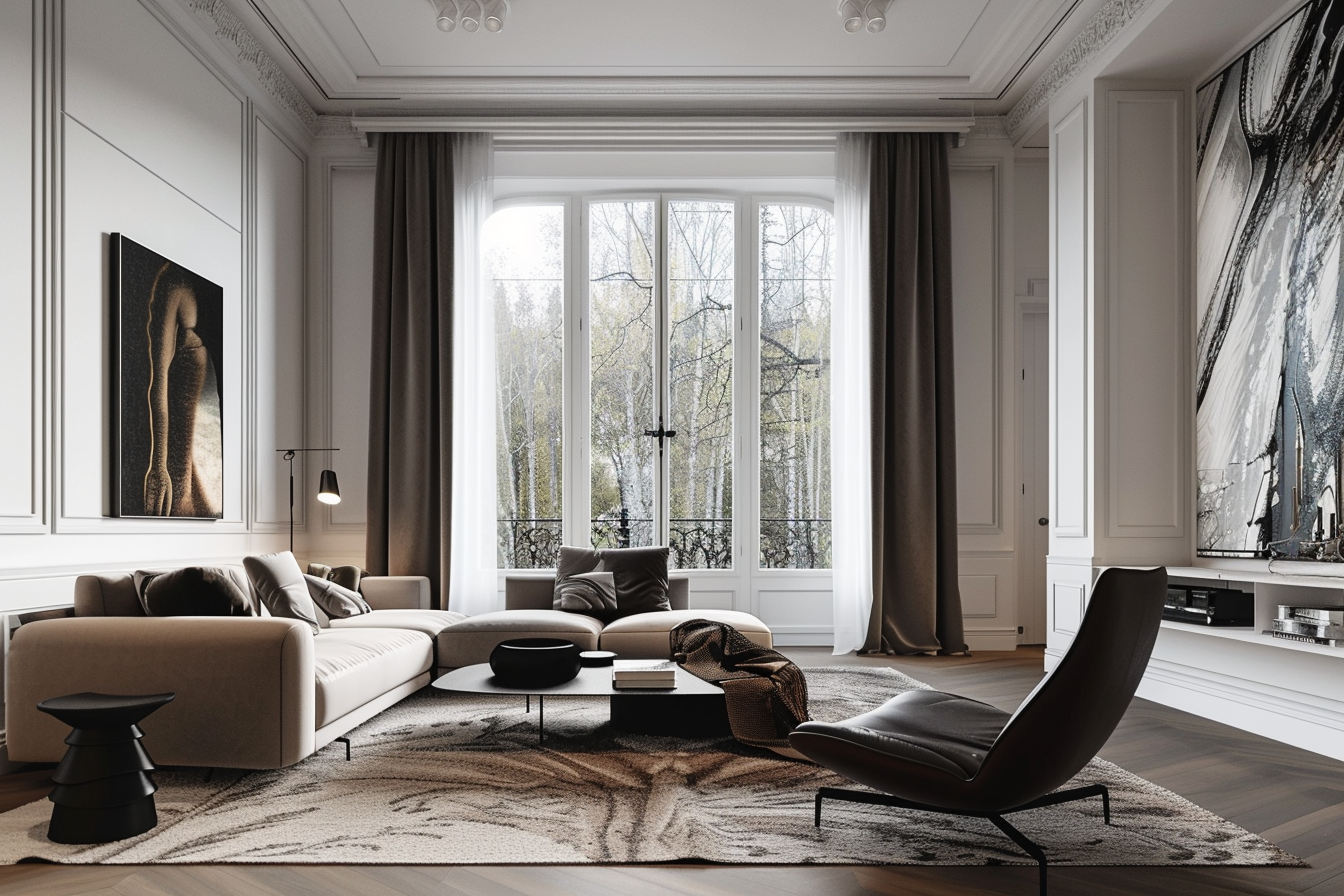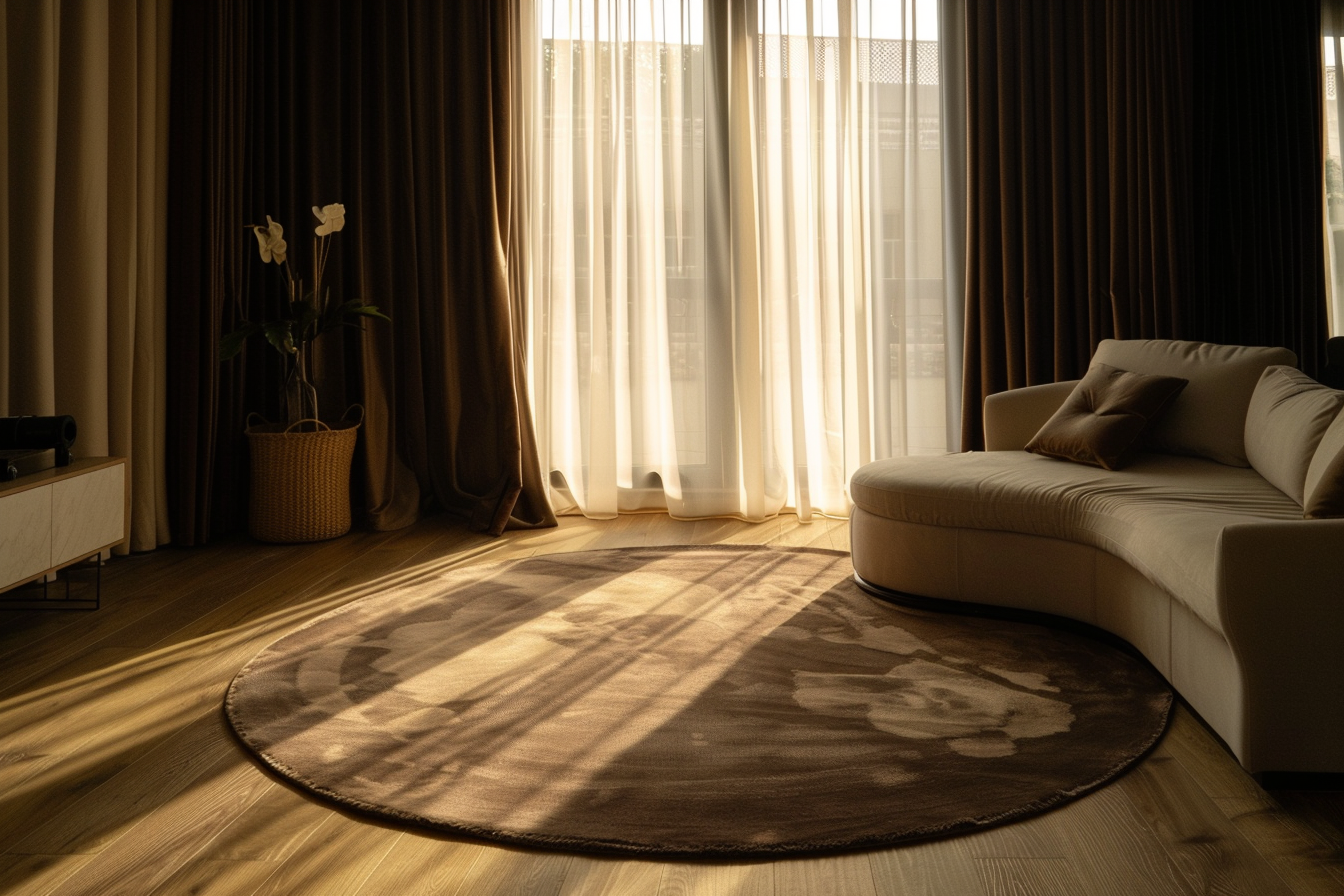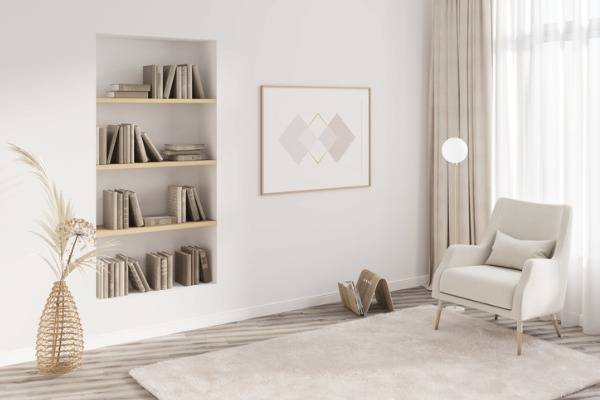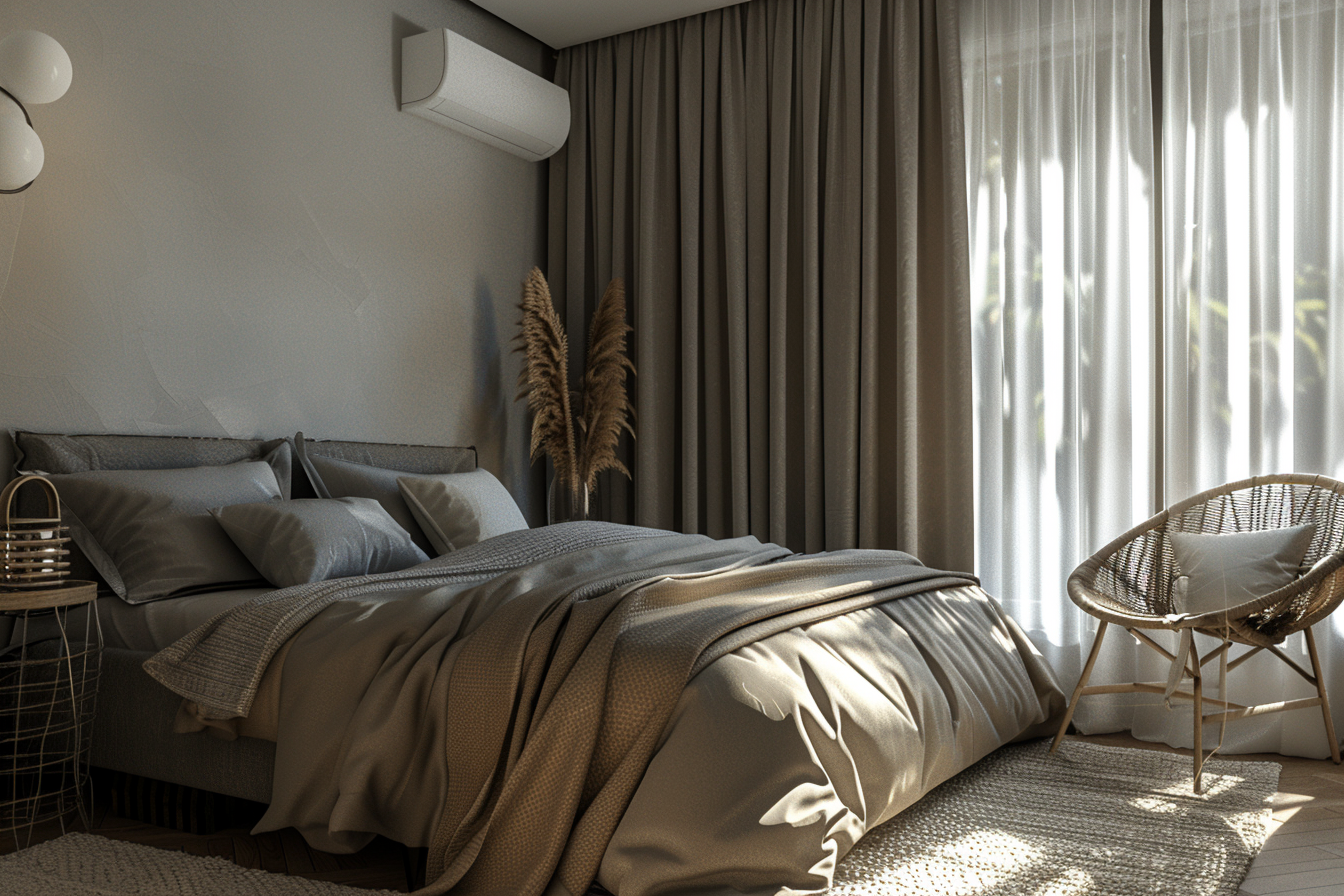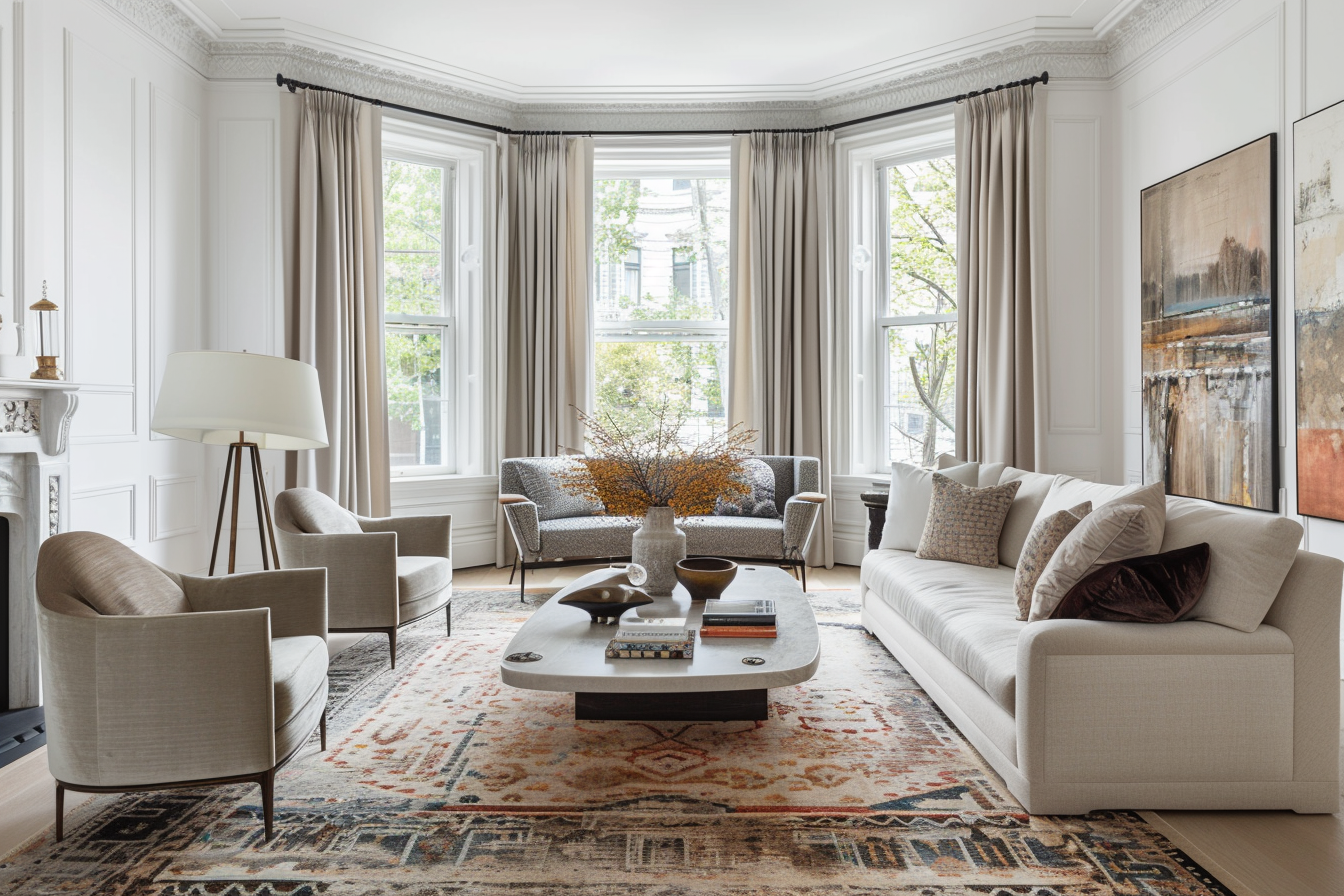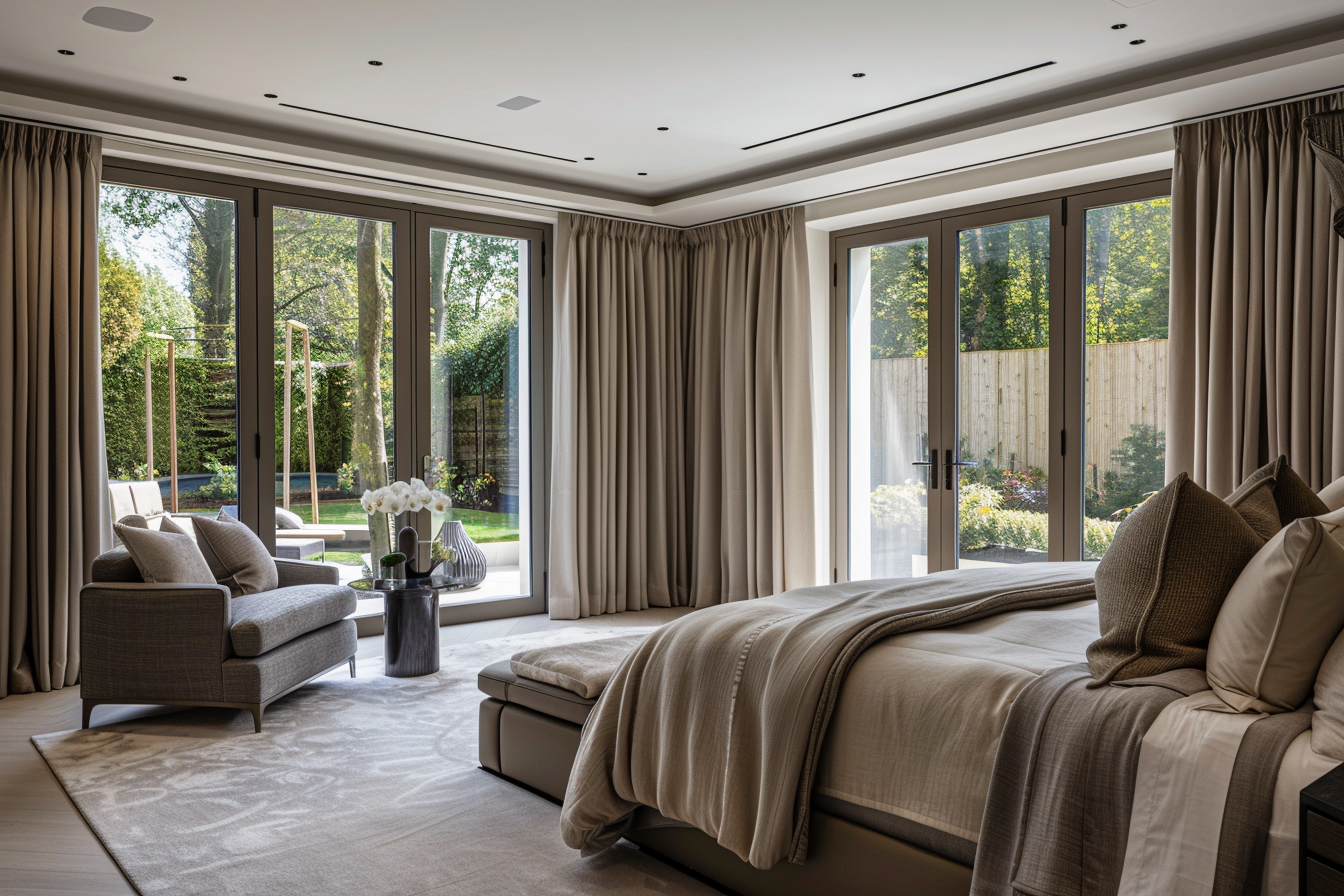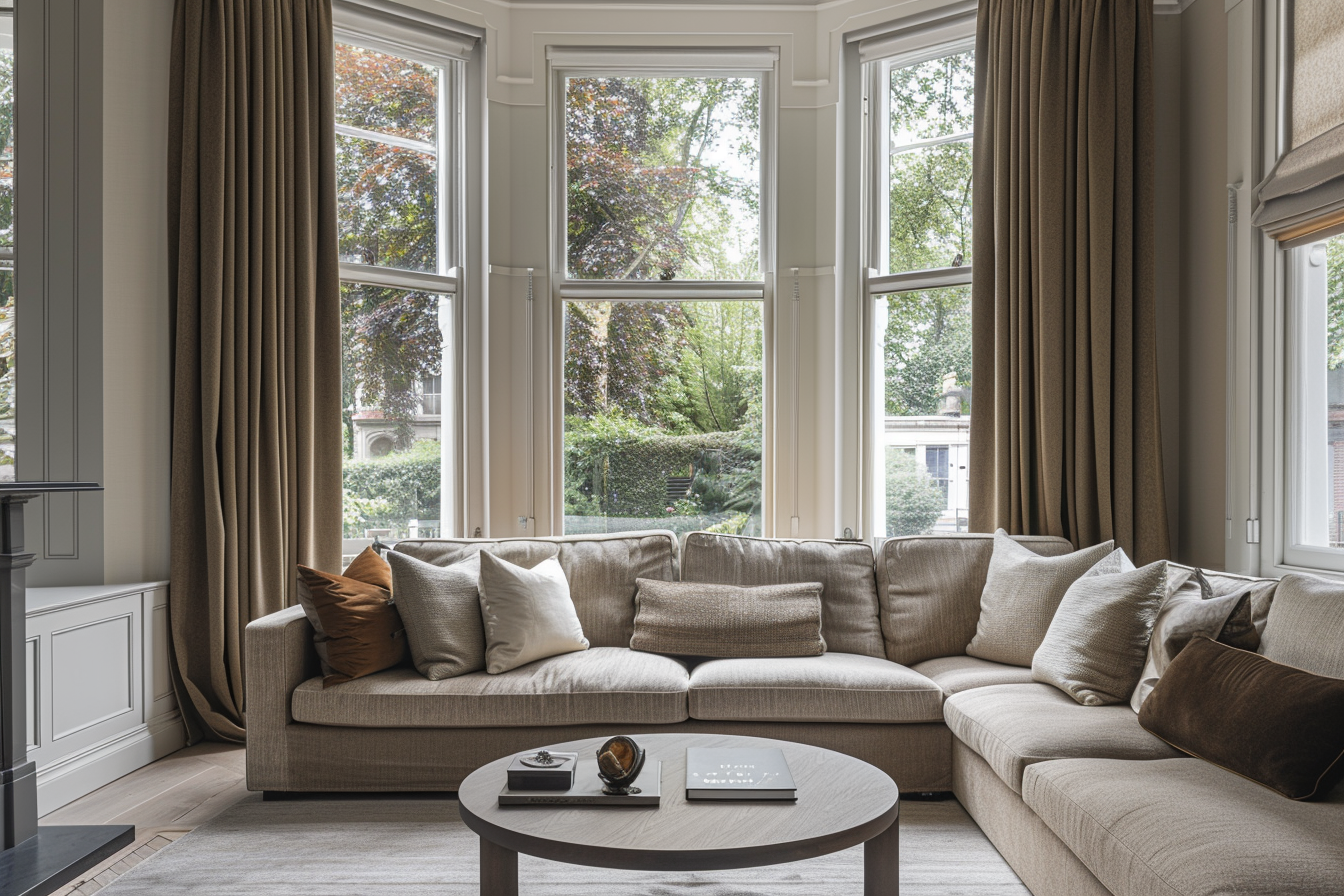One of the worst things to deal with would be having to listen to unwelcoming sounds. It can be a major distraction whether it’s hearing your next-door neighbors chat, hearing traffic, or even the sounds of nature for others. Whatever the sound is, you have the right to try to muffle it or drown it out any way you can. While many will try to drown out the noise with other noises such as noise-canceling headphones or playing music very loud, others will try to go for other options to get rid of the sound in general.
Whether you’re trying to soundproof your home so you can relax better or even trying to soundproof your workspace such as your office or studio, there are a lot of options out there for soundproofing. But which is right for you? How can you tell what the best soundproofing options are for your home or workspace? This guide will help you through it all!
Soundproof Curtains
If you’re on a budget and you’re after something that boosts aesthetics, and muffles sound, while also creating privacy for your home or business, than look no further than soundproof curtains. Soundproof curtains are an affordable and easy-to-install solution for reducing noise in your space. Most homes are needing curtains in the first place to create privacy for their space while also blocking out the sun and distracting outdoor light at night, some spaces need to do the same. So, why not opt for soundproofing curtains in that case since they’re all-in-one?
How exactly do soundproofing curtains work? Well, they’re made of heavy, dense fabric and often have multiple layers for added sound absorption. They work by blocking sound waves from entering or exiting the room. Soundproof curtains can be a great option for reducing external noise, such as traffic or loud neighbors. Let’s take a look at some of their pros and cons.
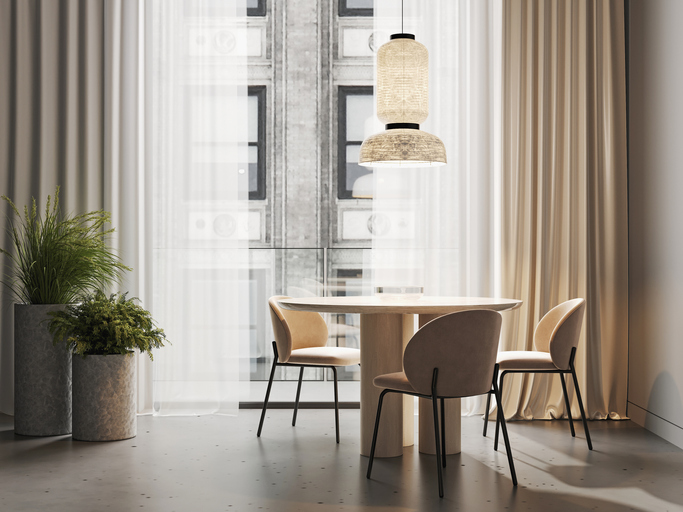
Pros:
● Affordable
● Easy to install
● Can be moved around easily to room to room
● Effective for reducing external noise
● Aesthetics (coming in a range of patterns and colors)
Cons:
● May not be effective for reducing internal noise
● Limited sound absorption
Soundproof Blinds
Just as there are soundproof curtains, you might be surprised to know that soundproof blinds also exist. While they’re not as popular as their curtain counterparts, this could be an option. While blinds aren’t particularly known for their soundproofing abilities, there are some out on the market that are specifically made to muffle noise due to their materials and layers. In addition, they’re a great choice for those who want to add a decorative flair to their rooms. They can be hung inside or outside of windows, and they may cover only a portion of the window or a full one. Let’s take a look at some of the pros and cons that are offered for soundproofing blinds.
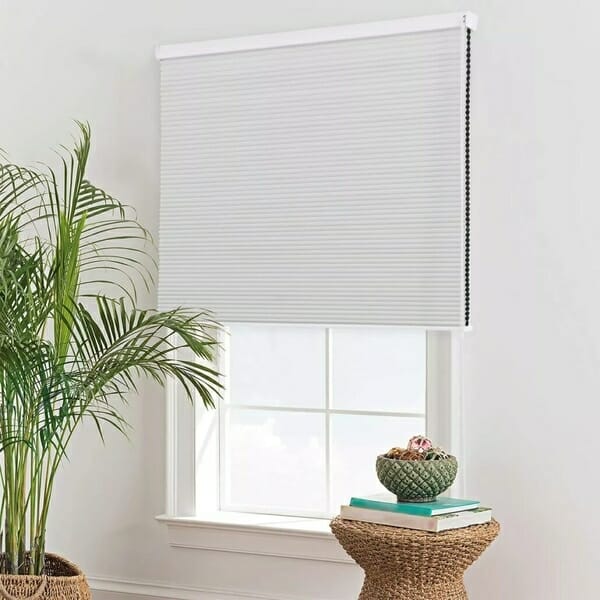
Pros
● Absorbs sound
● One of the more affordable options
Cons
● Less durable
● Not as effective as soundproof curtains
● Lacks thermal insulation that soundproof curtains provide
Acoustic Panels
Acoustic panels are designed to absorb sound waves and prevent them from bouncing around the room. They are made of materials such as fiberglass or foam and are often covered in fabric. Acoustic panels can be a great option for improving the acoustics of a room and reducing echoes or reverberation. These primarily focus on absorbing mid to high frequencies, while they can block out noise, the main component to these would be to keep noise inside. So, what are some of the pros and cons they offer?
Pros:
● Highly effective at absorbing sound waves
● Can be customized to fit any space
● Available in a variety of colors and designs
● Improve the overall sound quality of a room
Cons:
● Can be fairly expensive
● Difficult to install
● May not be effective for reducing external noise
● Not as mobile as soundproof curtains
Bass Traps
Don’t immediately get confused with bass traps, while they are technically an acoustic panel, they serve their own special purpose. Bass traps are specialized acoustic panels designed to absorb low-frequency sound waves, such as those produced by subwoofers or bass-heavy music. Acoustic panels are meant for high frequency while bass traps are meant to focus on low frequency, specifically bass.
They are typically placed in the corners of a room and can be used in combination with other soundproofing solutions. So ideally, this isn’t an end-all-be-all solution, but you’re meant to combine this is another solution such as soundproof curtains. Let’s look at some of the positives and negatives you can expect to get out of bass traps.
Pros:
● Highly effective at absorbing low-frequency sound waves
● Can improve the overall sound quality of a room
● Available in a variety of sizes and shapes
Cons:
● Can be expensive
● Difficult to install
● May not be effective for reducing external noise
● Limited sound absorption outside of low-frequency ranges
Soundproof Paint
Soundproofing paint is fairly new in the market, and this shouldn’t entirely be seen as a major solution, but this can be a nice choice if you’re planning on combining multiple soundproof options together. So, what is soundproofing paint? Soundproof paint is a specialized paint that contains sound-absorbing particles. It’s designed to absorb sound waves and prevent them from bouncing around the room. There aren’t a major variety of colors like there is with regular paint, but if you have a studio or home theater, then this could be a good option. Some of the pros and cons for sound proofing paint include:
Pros:
● Affordability
● Easy to apply
● Can be painted over with regular paint
● Effective for reducing internal noise
Cons:
● Not as effective as other soundproofing options
● Limited sound absorption
● May not be effective for reducing outside noise
Which One Should You Go With?
When it comes to soundproofing options, there is no one-size-fits-all solution. It’s important to consider your specific needs and budget when choosing a solution. Every case is going to be different because you need to determine what space these solutions will be for, and what is the purpose of soundproofing it in the first place. Each of these has its own special advantage, so ultimately, it’s going to be up to you and your needs.



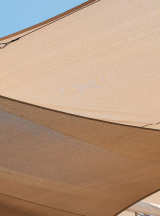
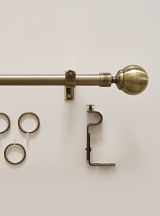
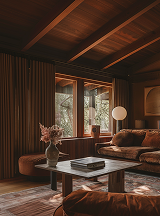
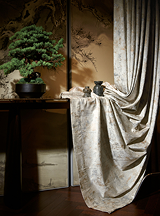







 Loyalty Plan
Loyalty Plan





